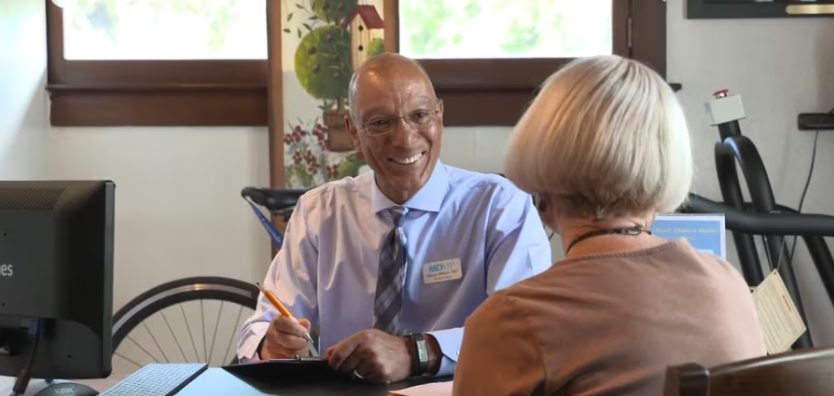Under Pressure: Burden on Doctors Affects Patients Too
As doctors have less and less time for care, everyone feels it. But there are solutions.

The 2025 Physician Health Study from MDVIP and Ipsos shows a broken healthcare system impacting care. Here's how patients and doctors can help themselves.
If you’re a primary care patient, you know the drill: Long waits for short appointments that do little to get your questions answered. Inattentive physicians and healthcare providers you’ve never met. There’s no doctor-patient relationship, just a quick meeting and a new prescription, and you’re ushered out the door.
If you’re a primary care doctor, you wish you had more time with your patients and the freedom to practice medicine the way you were taught. More resources, less red tape and a work-life balance that tips in your favor.
Primary Care Pain Points
These pain points, illuminated in a new study from MDVIP and Ipsos, describe a system that isn’t working for anyone and has opened a gulf of trust between patients and their physicians. For example: 
- 81% of primary care physicians say they aren’t able to spend as much time with their patients as they’d like.
- 57% of doctors find themselves writing prescriptions or referring patients out because they’re pressed for time.
- 68% of doctors feel patients have less trust in doctors since the start of COVID; three in four say their own patients seem wary of their medical advice.
- 62% of doctors say their work is transactional, not relational.
Primary care doctors say they’d like to spend more time getting to root causes of patient issues, but their professional life no longer allows it.
These problems are impacting care and the essential relationship between doctors and patients, especially when it comes to trust.

A Day in the Life of an MDVIP-Affiliated Physician
While days are hectic for doctors in traditional primary care practices, doctors offering the MDVIP model experience patient interactions differently — with fewer patients and more time to deliver care.
The Doctor-Patient Relationship Is in Trouble
Before COVID, patient trust in physicians and hospitals was high: 72% of patients had “a lot” of trust in their doctors, according a study published in JAMA.
In the new MDVIP/IPSOS, 60% of doctors say they need to earn trust back with their patients. In traditional practices, that’s going to take some work – and new ways of approaching patients. Patients in those practices already have a mediocre satisfaction rate: Just 58% are happy with their doctor-patient relationship, according to a study in The Open Health Journal.
For patients in MDVIP-affiliated practices, the story is different: 97% of patients are satisfied with their doctor. With same- and next-day appointments that start on time and last as long as needed, patients and physicians in the MDVIP program can foster real doctor-patient relationships that can lead to better health outcomes. If you're a patient, here's how you can help yourself.
MDVIP also has solutions for physicians, solutions that put the relationship back in doctor-patient relationships.
